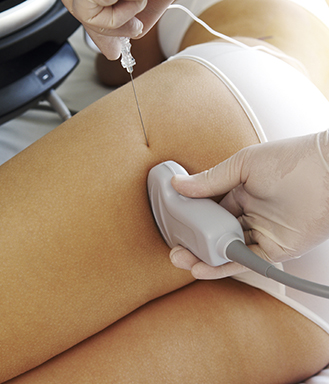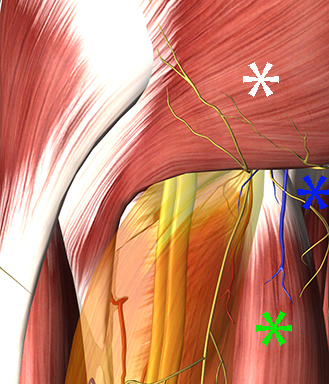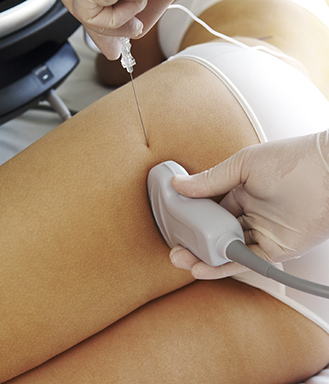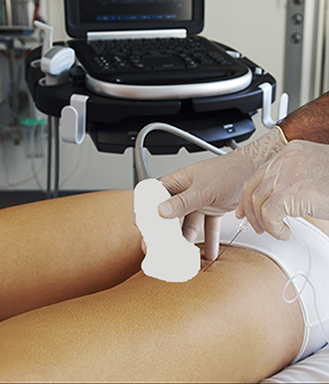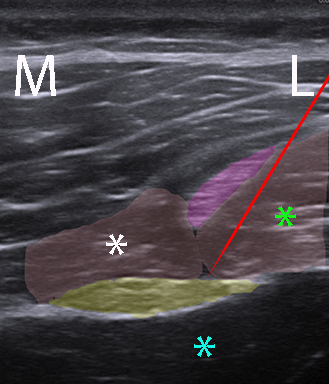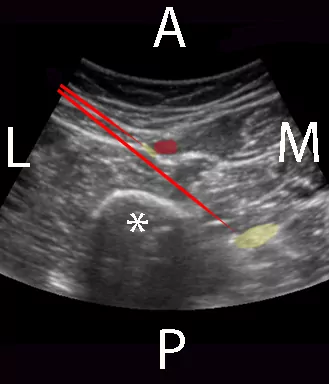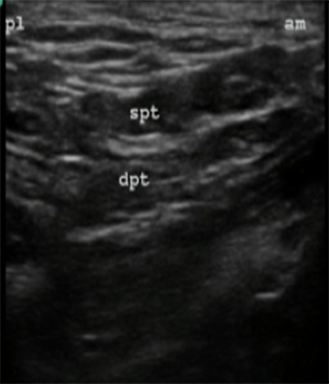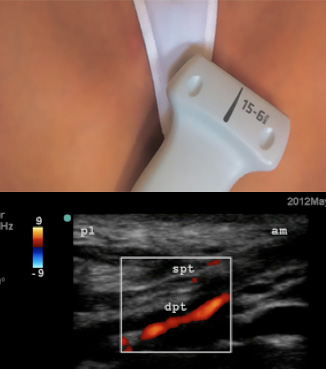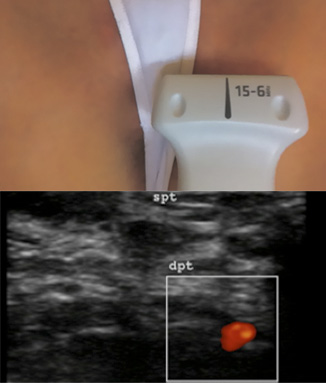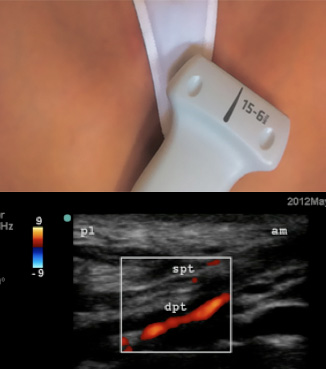Børglum J, Johansen K, Christensen MD, Lenz K, Bendtsen TF, Tanggaard K, Christensen AF, Moriggl B, Jensen K: Ultrasound guided single penetration dual Injection (SPEDI) block for leg Ssrgery – a randomized controlled clinical trial. Reg Anesth Pain Med 39(1): 18-25 (2013)
Karmakar MK, Kwok WH, Ho AM, Tsang K, Chui PT, Gin T: Ultrasound-guided sciatic nerve block: Description of a new approach at the subgluteal space. Br J Anaesth 98: 390-5 (2007)
Chan VW, Nova H, Abbas S, McCartney CJ, Perlas A, Xu dQ: Ultrasound examination and localization of the sciatic nerve: A volunteer study. Anesthesiology 104: 309.14 (2006)
